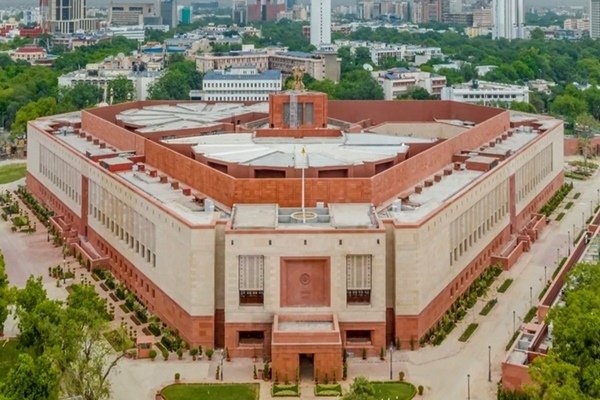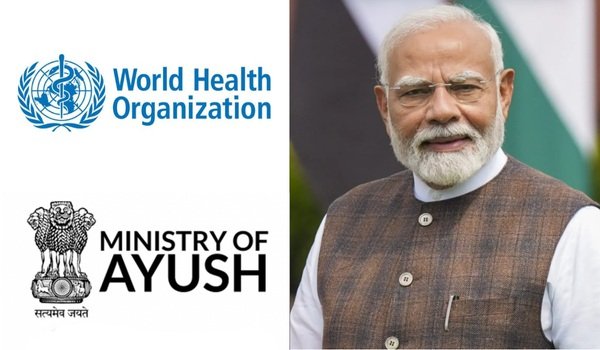The conflict between Iran and Israel has entered its fourth day on June 16, 2025, marked by heavy military exchanges and rising civilian casualties.
- The crisis began with Israeli preemptive strikes on Friday, escalating into missile and airstrike barrages from both sides.
- Iran reports 224 deaths, mostly civilians, while Israel has recorded over 20 deaths and more than 300 injuries.
- On Sunday night, Iran launched missile and drone attacks on Tel Aviv, Haifa, and Petah Tikva, killing at least eight Israelis.
- Israel retaliated with massive airstrikes on Iranian military, nuclear, and energy sites, claiming “complete operational freedom” over Iranian airspace.
- The IDF reports destroying 120 Iranian missile launchers, about one-third of Iran’s stockpile, and intercepted weapon shipments near Tehran.
- On Sunday evening, Israeli jets destroyed 20+ surface-to-surface missiles and struck 100 military targets in Isfahan.
- Leaders on both sides have taken defiant positions:
- Israel’s Defense Minister threatened that Tehran’s population will “pay the price”.
- Iran’s President condemned Israel’s “genocidal aggression” and called for national unity.
- The G7 Summit in Canada is prioritizing the conflict, warning of the risk of regional war.
- Diplomacy has stalled, with Iran refusing to negotiate under attack and Russia offering to mediate, but neither side agreeing.
Nuclear tensions are rising:
The IAEA confirmed no damage to Iran’s Fordow and Khondab nuclear sites. However, Iranian lawmakers are drafting legislation that could lead to withdrawal from the Nuclear Non-Proliferation Treaty (NPT), escalating global concerns.



